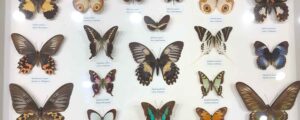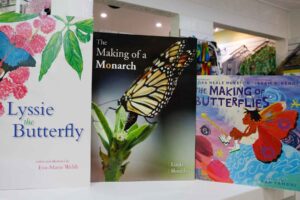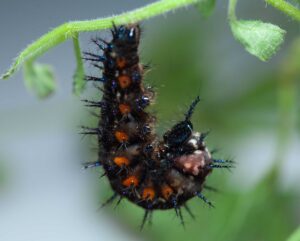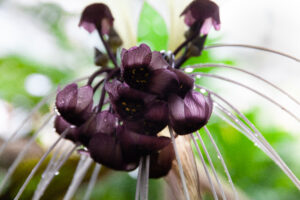4 Tips for Discovering Butterfly Eggs
butterfly eggs | macrophotography | butterfly identification | new hobby| conservation
Butterfly eggs aren’t the tiniest eggs on Planet Earth, but you will need optimal vision to see them. Despite their small size, butterfly eggs are fascinating to witness in nature. Most are perfectly round, some are domed with a flat bottom, others are eye-shaped and stand upright on very pointy tips. The colours and patterns etched into the shells of butterfly eggs vary between species as well. But, seeing any of these features all depends on timing …the older the egg becomes, the more translucent the shell becomes, and the closer the caterpillar gets to eating its way out!

Here are our top tips for discovering butterfly eggs:
- Identify Local Butterfly Species
A good butterfly identification book will show you images of both male and female butterflies belonging to the same species, what their eggs and caterpillars look like, their geographic range, and any seasonal characteristics. If you are in Australia, our pick for best overall butterfly identification book is Sankowsky, G 2020. A Field Guide to Butterflies of Australia: Their Life Histories and Larval Host Plants. Reed New Holland Publishers, Sydney.
- Learn About Butterfly Hostplants
Although we see butterflies sipping nectar from a variety of different flowers, not all are considered hostplants for egg-laying. Butterfly caterpillars are in fact very fussy eaters. Female butterflies need to be sure they’re depositing their eggs on the right plant. So how do they know they’ve got the right plant? A ‘scratch n sniff’ test of course! Butterflies have sensors on their feet that are used to test the chemical signatures of plants. If a plant passes the ‘scratch n sniff’ test it means the chemical signature in that plant is ideal for depositing eggs. If the chemical signature doesn’t match, she’ll keep searching.
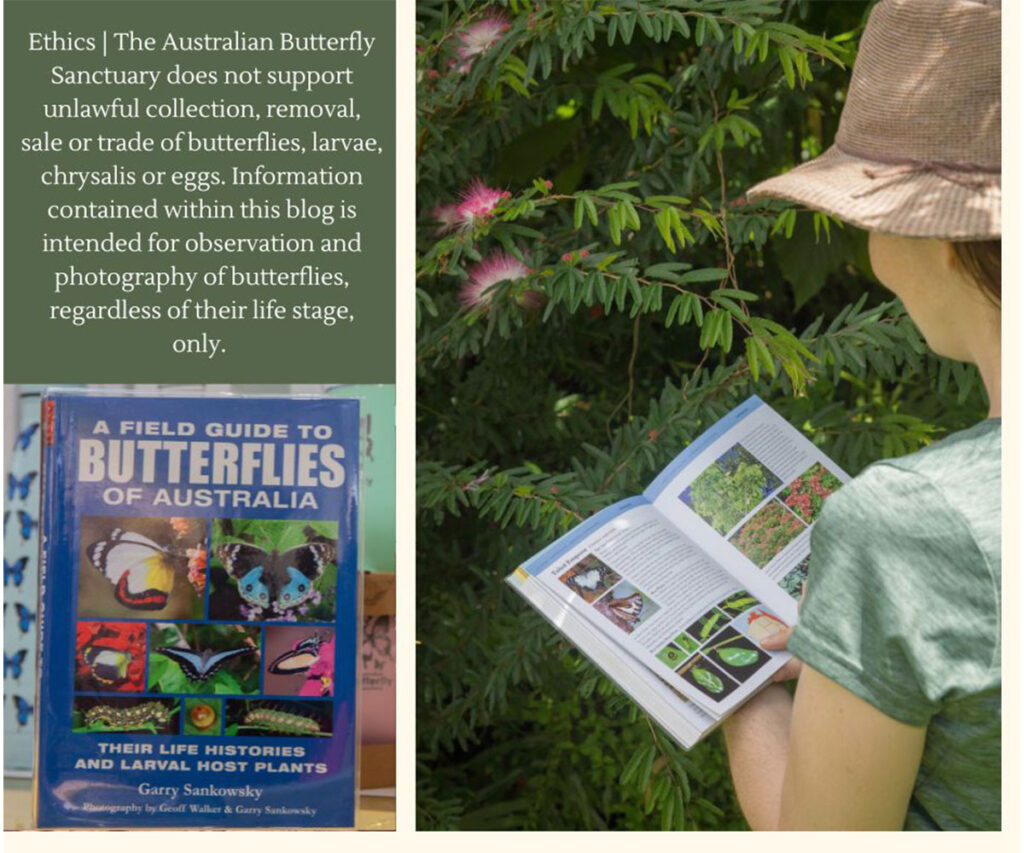
- Follow a Butterfly on a Sunny Day
While the majority of male butterflies are prettier than their female counterparts, it’s the female butterflies you’ll need to follow to locate eggs. Following a butterfly for an entire day probably isn’t possible. But, if you get your timing right, usually 11.30am – 2.30pm when the sun is at its brightest, you’ll have a fair chance.
- Observe Butterfly Behaviour
When you’ve arrived at the moment where your butterfly is hovering over a potential hostplant, carefully watch what she does next. If the ‘scratch n sniff’ test has returned a positive result, she’ll curl her abdomen into a ‘C’ shape and rather quickly deposit a single egg or a cluster of eggs.
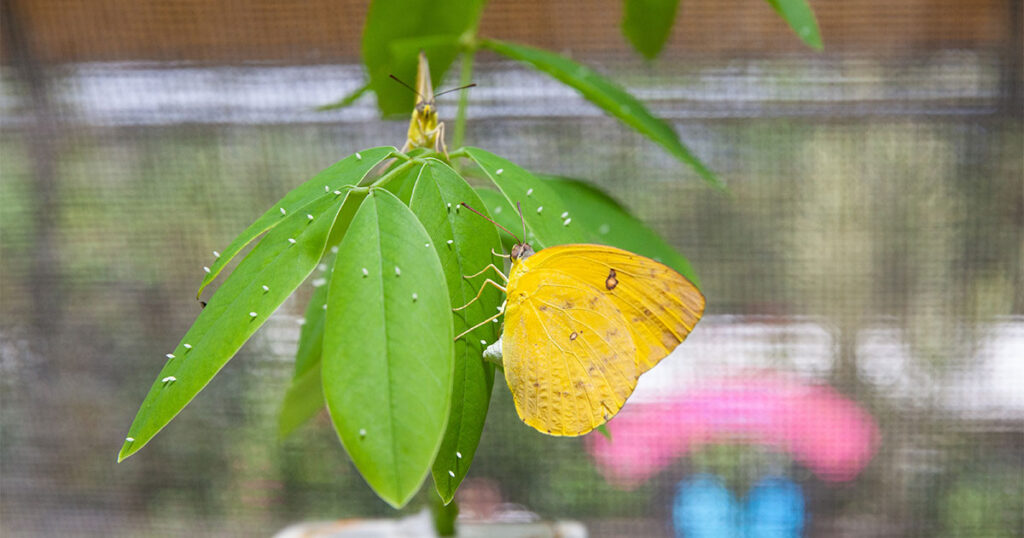
Discovering butterfly eggs is a great hobby to do on your next outdoor adventure. At the Australian Butterfly Sanctuary, we have a number of egg-laying areas for our butterflies. Look for the vases with single hostplant stems near our nectar feeding stations and you might be in luck. If one of our guides is nearby, feel free to ask for a closer look. Of course, these experiences might inspire you to plant a few of your own butterfly hostplants in your garden. This is a great way to help conserve our beautiful butterflies and to keep our pollinators pollinating!

